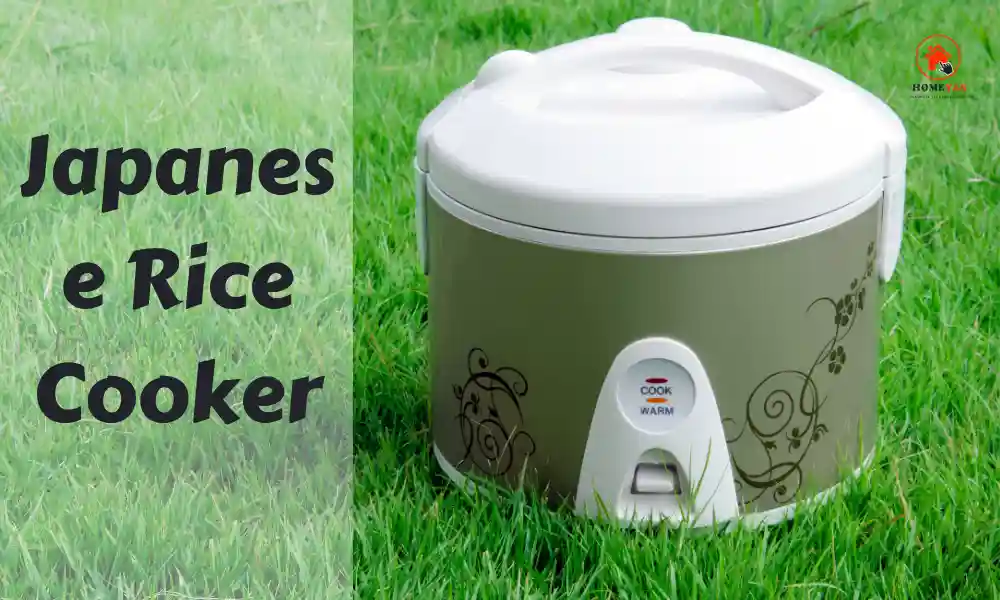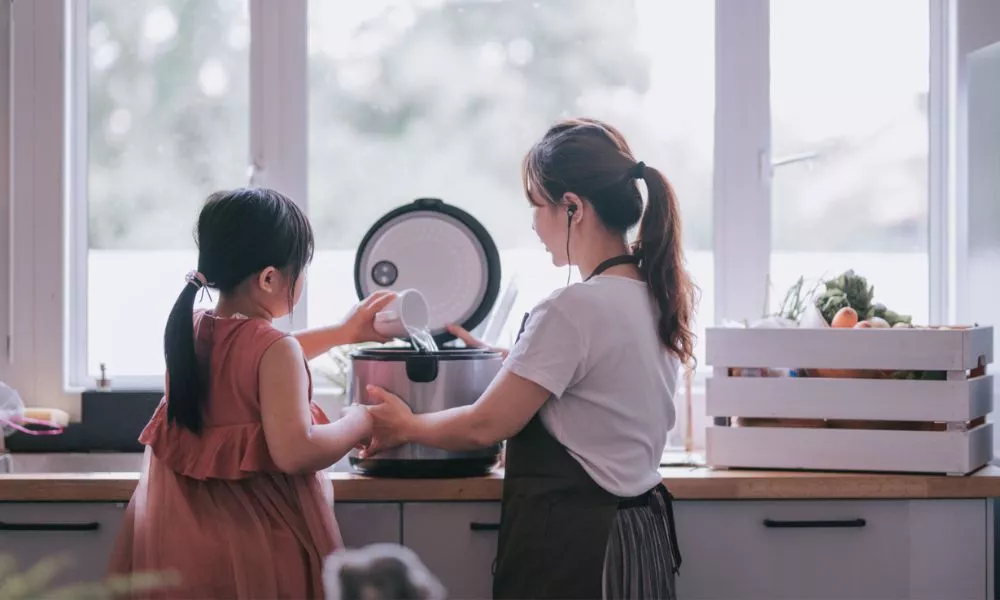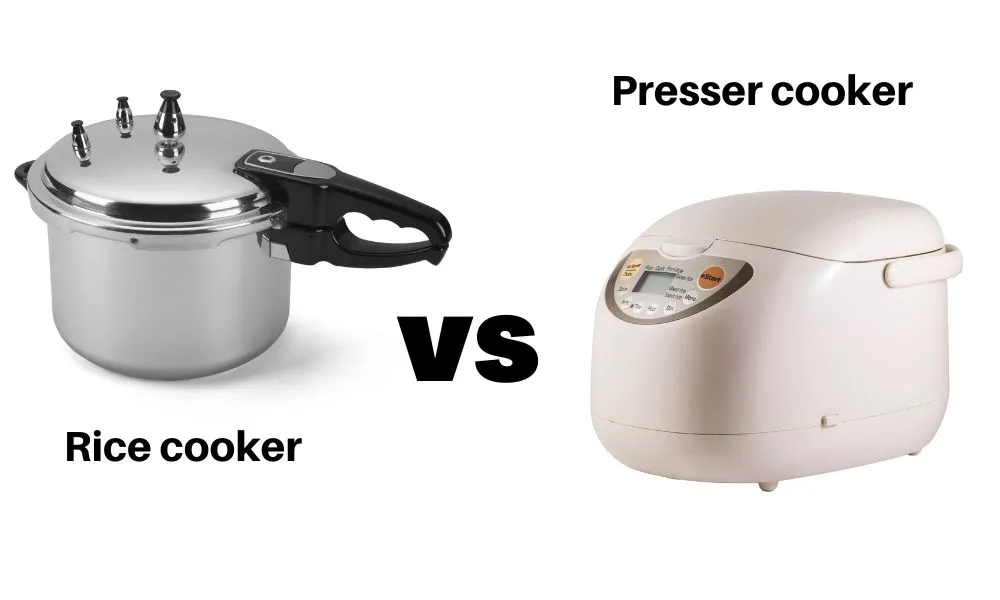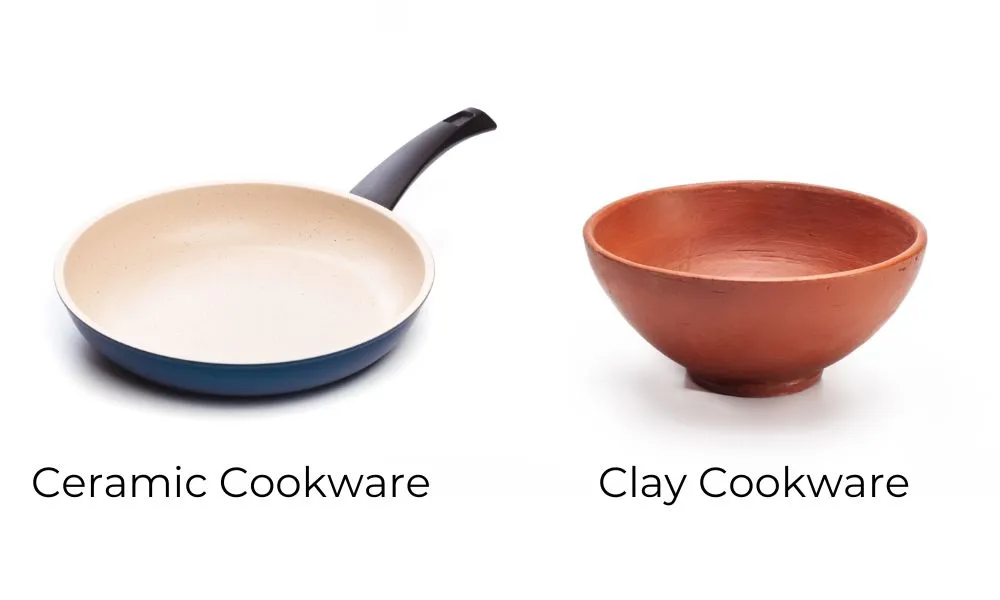Japanese cuisine is renowned for its simplicity, balance, and flavors. One of the staples of Japanese cuisine is rice, which is consumed on a daily basis by the Japanese people. The importance of rice in Japanese cuisine is such that the country has developed various tools and techniques to ensure that rice is prepared to perfection. One such tool is the Japanese rice cooker, which has become a household appliance not only in Japan but all around the world. In this blog post, we will explore the various features and benefits of a Japanese rice cooker, how it works, the different types available, and how to choose the right one for your needs.
Table of Content
- How Does a Japanese Rice Cooker Work?
- Evolution of Rice Cooker Technology in Japan
- Using a Rice Cooker for Japanese Recipes
- Key Features of Japanese Rice Cookers
- Compact Rice Cookers for Small Japanese Kitchens
- The Benefits of Using a Japanese Rice Cooker
- Types of Japanese Rice Cookers
- How to Choose the Right Japanese Rice Cooker
- Conclusion
How Does a Japanese Rice Cooker Work?
A Japanese rice cooker is an electric appliance that uses advanced technology to cook rice to perfection. A built-in microcomputer controls the temperature and cooking time of the appliance, ensuring even and thorough cooking of the rice. It also enables the rice cooker to switch to a keep-warm mode once the rice is cooked, keeping it warm and ready to serve for hours.
The non-stick inner pot of a Japanese rice cooker is easy to clean and maintain. The inner pot typically comes with markings and a measuring cup to ensure the right amount of rice and water are added for perfect results.
Evolution of Rice Cooker Technology in Japan
With the advent of electricity, the landscape of rice cooking changed dramatically. In the mid-20th century, electric rice cookers emerged in Japan, revolutionizing the way rice was cooked. These electric rice cookers offered convenience and automation, eliminating the need for constant monitoring.
Over time, Japanese rice cookers have evolved to incorporate innovative features and technologies. From the introduction of non-stick inner pots to the implementation of microcomputer chips, rice cookers became smarter and more user-friendly. Today, Japanese rice cookers are equipped with advanced functionalities like fuzzy logic technology, which allows for precise temperature control and optimal cooking results.
Using a Rice Cooker for Japanese Recipes
Once you have selected the perfect rice cooker for your Japanese culinary adventures, it’s time to explore the array of recipes you can create. Japanese rice cookers are incredibly versatile and can be used beyond cooking plain rice. Let’s delve into some popular Japanese recipes that can be effortlessly prepared using a rice cooker.
Sushi Rice
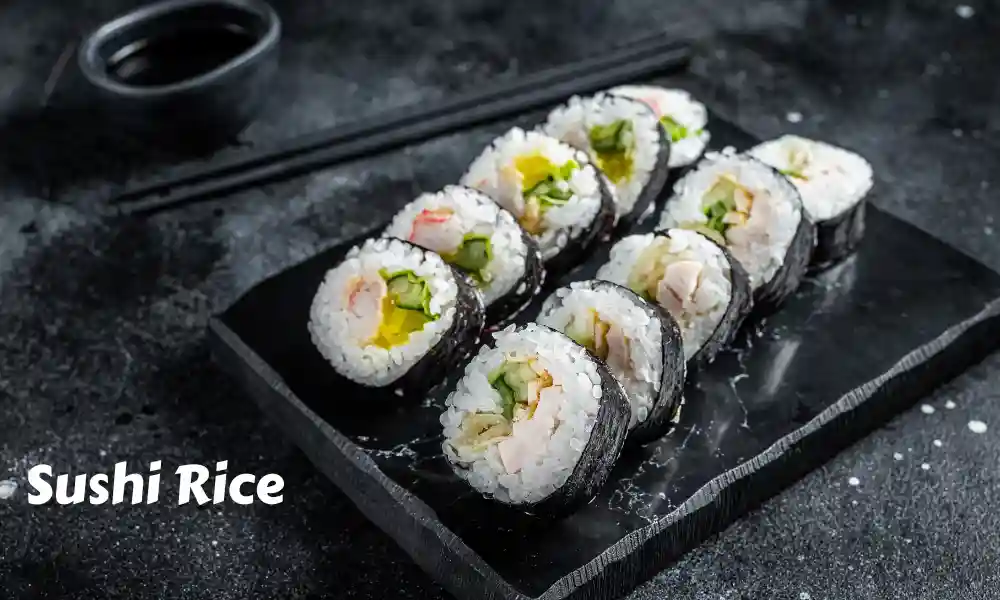
Sushi rice is the foundation of sushi-making. With the appropriate settings on your Japanese rice cooker, you can achieve sushi rice with the perfect balance of stickiness and firmness. Simply follow these steps:
- Rinse the rice thoroughly to remove excess starch.
- Add the rinsed rice to the rice cooker’s inner pot.
- Fill the pot with water according to the rice cooker’s instructions.
- Select the sushi rice setting and let the cooker work its magic.
- Once the rice is cooked, let it rest for a few minutes before gently fluffing it with a rice paddle.
Takikomi Gohan
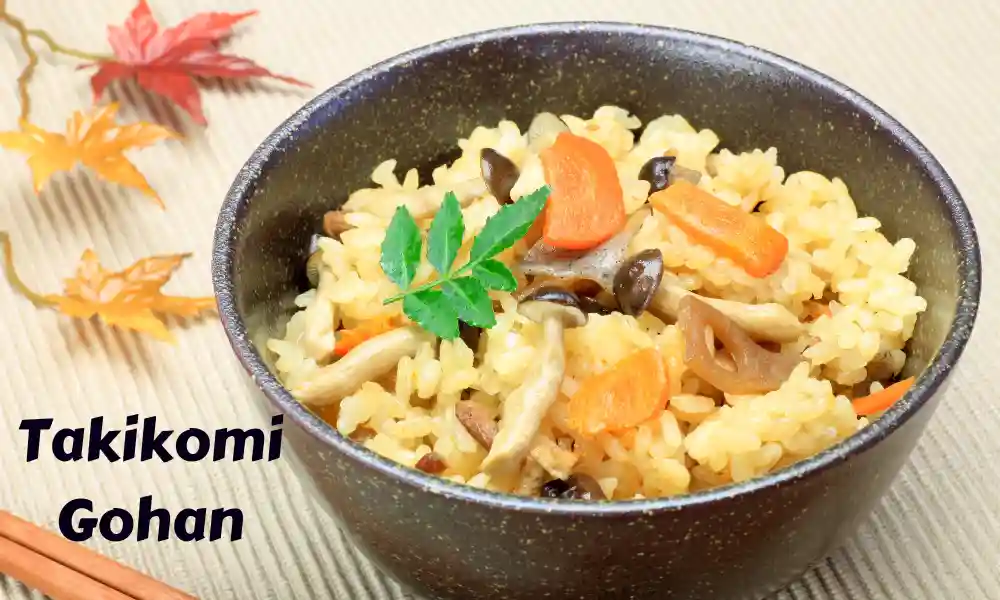
Takikomi Gohan is a delicious one-pot Japanese rice dish cooked with various ingredients such as vegetables, mushrooms, and meat. The rice cooker simplifies the process, ensuring the flavors meld together harmoniously. Here’s how to make Takikomi Gohan in a rice cooker:
- Wash the rice and soak it for about 30 minutes.
- Drain the rice and transfer it to the rice cooker’s inner pot.
- Add your preferred combination of vegetables, mushrooms, and protein.
- Season the ingredients with soy sauce, mirin, and any other desired seasonings.
- Pour water into the pot following the rice cooker’s instructions.
- Start the cooking process, and let the rice cooker work its magic.
- Once the rice is cooked, let it steam for a few minutes before gently mixing the ingredients.
Onigiri
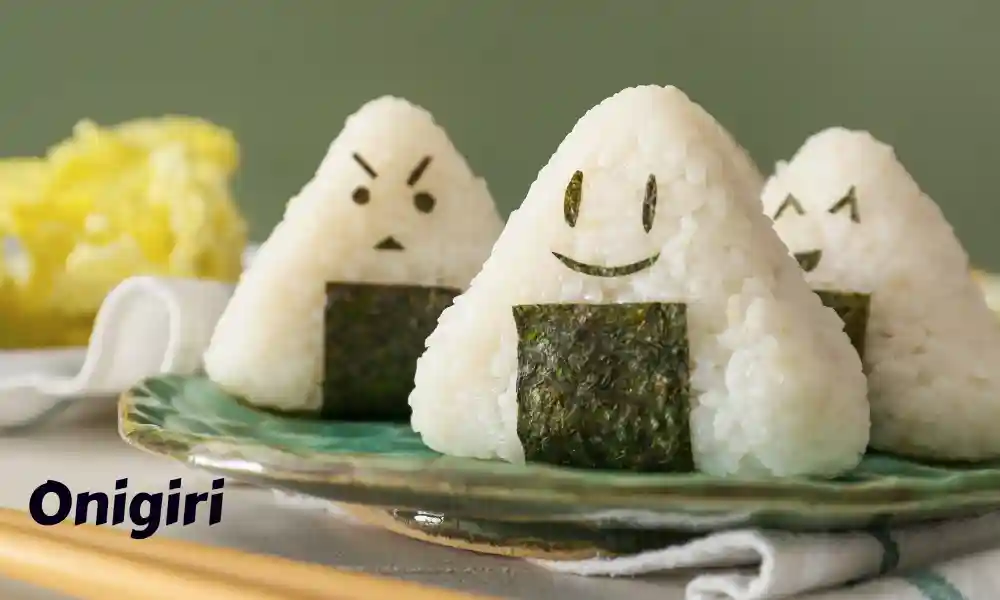
Onigiri, or Japanese rice balls, are a beloved snack or light meal in Japan. Making onigiri with a rice cooker is simple and allows for easy customization with various fillings. Follow these steps to create delicious onigiri:
- Prepare the desired fillings for the onigiri, such as pickled plum, grilled salmon, or seasoned vegetables.
- Wash the rice and add it to the rice cooker’s inner pot.
- Adjust the water levels according to the rice cooker’s instructions.
- Cook the rice using the appropriate setting.
- Once the rice is cooked, let it cool slightly for ease of handling.
- Wet your hands with water and sprinkle some salt to prevent sticking.
- Take a handful of rice and shape it into a triangle or round ball.
- Create a small indentation in the center of the rice and place the filling.
- Mold the rice around the filling, ensuring it is firmly packed.
- Repeat the process with the remaining rice and fillings.
Key Features of Japanese Rice Cookers
One of the defining features of Japanese rice cookers is their ability to achieve consistent results with different types of rice. They offer specialized settings for cooking various varieties of rice, such as short-grain, medium-grain, or sushi rice. This ensures that the rice is cooked to perfection, with the right texture and moisture content.
Fuzzy logic technology, a popular feature in many Japanese rice cookers, enables the cooker to adjust cooking parameters based on internal sensors. This technology takes into account factors like temperature, humidity, and cooking time to adapt the cooking process and deliver optimal results consistently.
Compact Rice Cookers for Small Japanese Kitchens
In Japan, where space is often limited, compact rice cookers have gained popularity. These smaller models offer the same advanced features and functionalities as their larger counterparts but in a space-saving design. Compact rice cookers are ideal for single individuals, couples, or small families living in apartments with limited kitchen space. They are also portable, making them convenient for outdoor picnics or gatherings. Here are some Compact Rice Cookers for Small Japanese Kitchens:
- COMFEE’ All-in-1 Multi Rice Cooker
- Toshiba 6 Cup Rice Cooker
- Zojirushi Neuro Fuzzy Rice Cooker
- Aroma Housewares 8-Cup Rice Cooker
- Zojirushi NHS-06 3-Cup Rice Cooker
- Oster 6-Cup Rice Cooker
- Oster Titanium DuraCeramic Rice Cooker
- Oster 6 cup rice cooker and steamer 4722
- Oster CKSTRCMS14-R Rice Cooker
- Oster 6 Cup Rice Cooker Non-Stick Auto Keep Warm
The Benefits of Using a Japanese Rice Cooker
Consistency: One of the most significant advantages of a Japanese rice cooker is its ability to produce consistent results every time. With its precise temperature and cooking time control, you can be assured that your rice will come out perfectly cooked, whether you are making white, brown, or sushi rice.
Time-Saving: A Japanese rice cooker can save you a significant amount of time in the kitchen. With its automatic cooking and keep-warm functions, you can prepare rice without having to constantly monitor it. This frees up time for you to focus on other tasks or prepare other dishes.
Energy Efficient: Unlike traditional stovetop cooking methods, a Japanese rice cooker uses minimal energy to cook rice, making it an eco-friendly option for your kitchen.
Versatility: Many Japanese rice cookers come with additional functions, such as steaming and slow cooking, making them versatile appliances that can be used for a variety of dishes.
Health Benefits: Japanese rice cookers are designed to cook rice in a way that preserves the rice’s nutrients and flavor. By cooking rice evenly and thoroughly, a Japanese rice cooker can produce rice that is easier to digest and less likely to cause blood sugar spikes.
Types of Japanese Rice Cookers
Conventional Rice Cookers: These are the most common type of Japanese rice cookers and are designed to cook all types of rice, from white to brown, and even sushi rice. They typically come with basic functions such as cooking and keep-warm.
Induction Heating Rice Cookers: Induction-heating rice cookers use electromagnetic technology to heat the inner pot, resulting in even and consistent cooking. They are ideal for cooking premium rice varieties and come with additional features such as different rice textures and settings for porridge and risotto.
Pressure Cookers: Japanese pressure cookers use steam pressure to cook rice, resulting in fluffy and tender rice. They are ideal for cooking brown rice and other hard grains, and some models come with additional functions such as slow cooking and baking.
How to Choose the Right Japanese Rice Cooker
Choosing the right Japanese rice cooker can be overwhelming, given the variety of types and brands available in the market. Here are some factors to consider when choosing a Japanese rice cooker:
Size: Consider the size of your family and the frequency of rice consumption when choosing the size of the rice cooker. Japanese rice cookers come in different sizes, ranging from 3-cup to 10-cup capacities.
Features: Consider the features you need in a rice cooker, such as cooking settings, keep-warm function, steaming function, and pressure cooking function. Choose a rice cooker with features that meet your specific needs.
Brand: Japanese brands such as Zojirushi, Panasonic, and Tiger are known for producing high-quality rice cookers. Consider the brand reputation and customer reviews when making your decision.
Budget: Japanese rice cookers vary in price, with some models costing over $500. Consider your budget when choosing a rice cooker and opt for one that offers the best value for your money.
Warranty: Consider the warranty period and after-sales support offered by the manufacturer. Look for a rice cooker with a good warranty period and customer support in case of any issues.
Conclusion
In conclusion, a Japanese rice cooker is a must-have appliance in any kitchen, whether you are a fan of Japanese cuisine or not. Its ability to produce consistent and perfectly cooked rice every time, while saving time and energy, makes it a valuable addition to your kitchen. When choosing a Japanese rice cooker, consider the size, features, brand, budget, and warranty to ensure that you get the best appliance that meets your needs.
People Also Ask:
- Japanese Rice Cooker Can Revolutionize
- Types of Japanese Rice Cookers
- Tips for Perfectly Cooked Rice
- Techniques with a Japanese Rice Cooker
- Tricks with Japanese Rice Cooker
- Innovative Ideas for Your Japanese Rice Cooker
- Dos and Don’ts of Japanese Rice Cooker
- Common Mistakes When Cooking Rice
Can I use a Japanese rice cooker to cook other types of rice, such as basmati or jasmine rice?
Yes, Japanese rice cookers can be used to cook various types of rice. However, it is essential to adjust the water levels and cooking settings accordingly for each type of rice to achieve optimal results.
Are Japanese rice cookers difficult to clean?
Cleaning a Japanese rice cooker is generally straightforward. Most models come with removable inner pots that can be easily cleaned and are dishwasher safe. The exterior can be wiped clean with a damp cloth.
Can I cook non-rice dishes in a Japanese rice cooker?
Many modern Japanese rice cookers offer additional cooking functions such as steaming, slow cooking, and even baking. These features allow you to prepare a variety of dishes beyond rice.
How long does it take to cook rice in a Japanese rice cooker?
The cooking time depends on the type of rice and the specific model of the rice cooker. On average, it takes around 30 to 40 minutes to cook rice in a Japanese rice cooker.
Are Japanese rice cookers worth the investment?
Japanese rice cookers are highly regarded for their quality, durability, and exceptional performance. If you regularly cook rice or enjoy Japanese cuisine, investing in a Japanese rice cooker can greatly enhance your cooking experience and ensure consistently delicious rice dishes.
